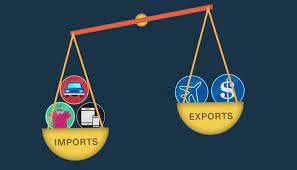Current Account Deficit : Key Points

An American financial services company Morgan Stanley has predicted that the Current Account Deficit will widen to a 10-year high of 3% of GDP in FY23.
- In the wake of continued geopolitical tensions, the surge in oil prices is likely to be sustained, which would lead to deterioration in the current account deficit from a higher oil import bill.
- The Balance of Payments (BoP) to be in deficit of approximately 0.5-1% of GDP (Gross Domestic Product) because capital flows are likely to be lower than the current account deficit.
- The extent of vulnerability to funding risks will be cushioned by the large forex reserves, which stand at USD 681 billion.
- The company expects the April 2022 policy to mark the process of policy normalization with a reverse repo rate hike.
- However, if the RBI were to delay its normalization process, the risk of disruptive policy rate hikes would rise.
- There is less room for fiscal policy stimulus to support growth given high deficit and debt levels – it is seen that there is a possibility of a modest fuel tax cut and reliance on the national rural employment program as an automatic stabilizer.
- A current account deficit occurs when the total value of goods and services a country imports exceeds the total value of goods and services it exports.
- The balance of exports and imports of goods is referred to as the trade balance. Trade Balance is a part of ‘Current Account Balance’.
- According to an earlier report of 2021, High Oil Imports, High Gold Imports are the major driving force, widening the CAD.




